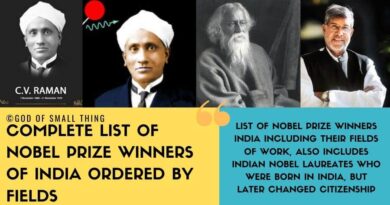We Bet You won’t Know them. Here are Some Interesting facts about India
In a world where the past defines nations, India stands tall with a rich tapestry of history and fascinating contributions. However, many Indians remain oblivious to some extraordinary and interesting facts that shape their country’s legacy. Let’s dive into these lesser-known achievements that make India a beacon of cultural and scientific brilliance as the Interesting facts about India.

Table of Contents
Interesting facts about India
1. Chess: India’s Ancient Gift to the World
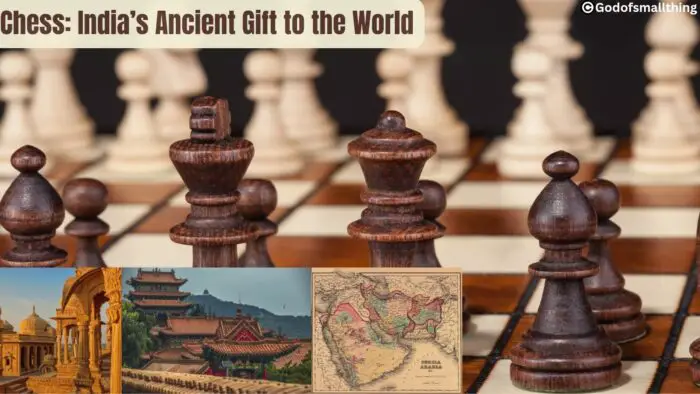
Did you know that chess, a globally cherished game, finds its roots in India? The earliest precursor to modern chess, known as Chaturanga, thrived in India as early as the 6th century. Astonishingly, around 70% of chess players worldwide are Indians. Yet, many are unaware that their country is the birthplace of this strategic game that captivates minds globally.
2. APJ Abdul Kalam: Honoured on Swiss Soil
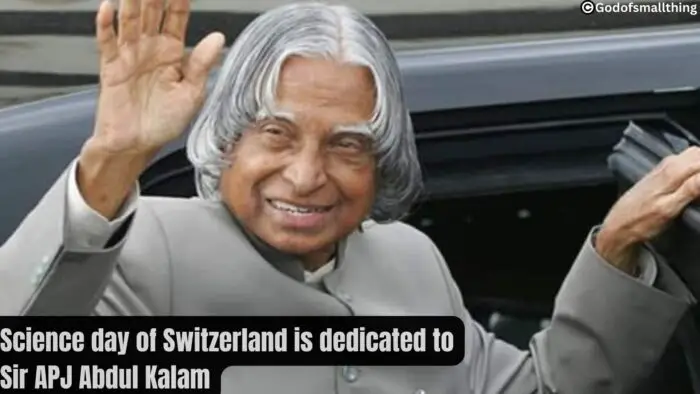
Switzerland, a nation synonymous with precision and science, dedicated its Science Day to India’s former President, APJ Abdul Kalam, on May 26, 2005. This honour was bestowed during Kalam’s four-day tour to Switzerland, recognising his vast contributions to science and technology. Unfortunately, this remarkable acknowledgement remains largely unnoticed by the Indian populace.
3. Chandrayaan-3
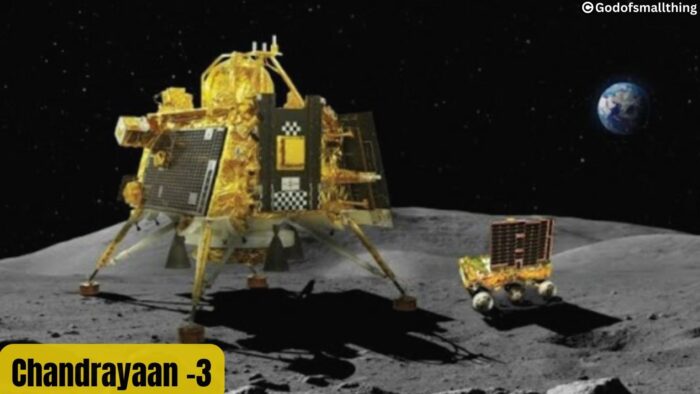
Chandrayaan-3’s exploration of the lunar south pole signifies a new era in India’s space endeavours. India’s successful soft landing near the Moon’s south pole is a moment of national pride, establishing the country as the first to achieve this remarkable feat of landing a spacecraft in such proximity to the lunar south pole. This achievement presents an opportunity for India to lead in transforming the relationship between humanity and outer space.
4. Snakes and Ladders: An Ancient Indian Game
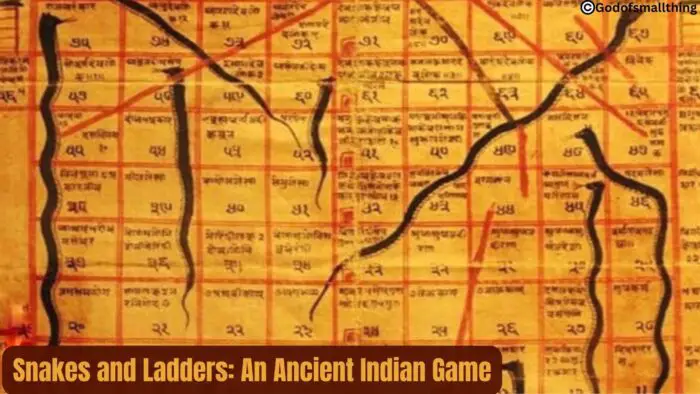
The beloved game of Snakes and Ladders, cherished by children and adults alike, originated in ancient India as Moksha Patam. Created by the 13th-century poet saint Gyandev, the game symbolises the journey of life, with ladders representing virtues and snakes signifying vices. Surprisingly, many Indians are unaware that this popular game has its roots in their own cultural heritage.
5. Temples Triumph: Tirupati Balaji and Kashi Vishwanath
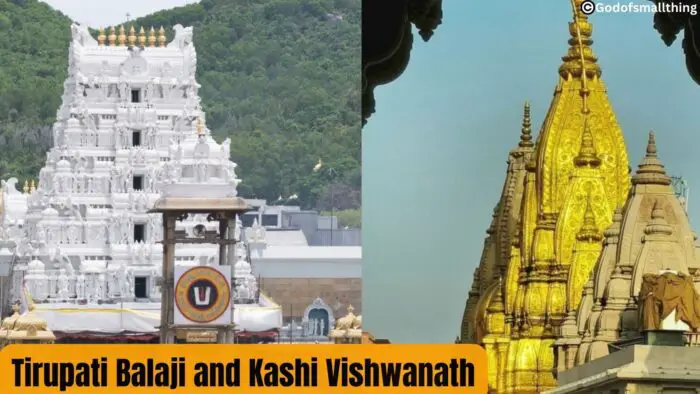
The Tirupati Balaji temple and the Kashi Vishwanath Temple, both in India, attract more visitors than the Vatican City and Mecca combined. With 2 to 3 lakh pilgrims daily, and numbers soaring to 10 lakh during festive seasons, these temples rank as the world’s most visited religious places. This fact is a source of pride for every Indian, emphasising the spiritual richness of the nation.
6. Sushruta’s Legacy: Pioneering Plastic Surgery

The origins of plastic surgery trace back to ancient India, where Sushruta, a healer from the 6th century BC, became one of the world’s first cosmetic surgeons. Which is an Interesting facts about India. In his groundbreaking book, Sushruta documented the practice of plastic surgery, including the use of skin grafts to enhance facial features. This historical contribution to medical science is a testament to India’s advanced knowledge in ancient times.
7. The Taj Mahal is not a palace
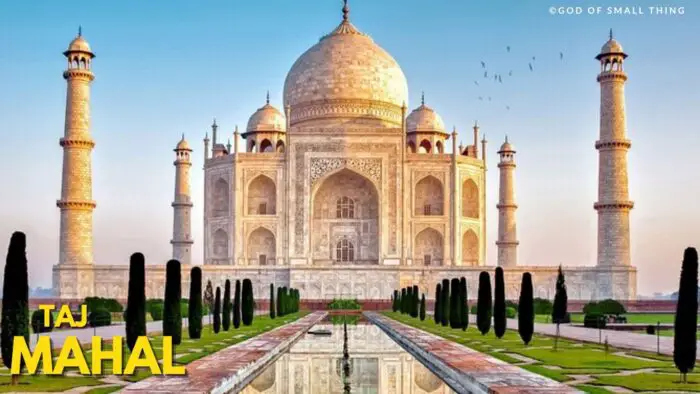
The Taj Mahal is a tomb, which is another interesting fact about India. Emperor Shah Jahan ordered the construction of the Taj Mahal in 1632 as a memorial to his late wife, Mumtaz Mahal. One of the Seven Wonders of the World, the Taj Mahal is a breathtaking representation of love and architectural brilliance.
This location was embellished with about twenty-eight different kinds of precious stones, which came from sources in Tibet, China, Sri Lanka, and some regions of India. Situated in Uttar Pradesh, India, this architectural marvel is still intact and one of the greatest achievements of the Mughal Empire.
8. Varanasi the oldest and continually inhabited city in the world

One of the oldest cities in the world, Varanasi is still thriving today and is filled with thousands of years of history. It is also known as Kashi or Benaras. Situated near the Ganges River, Varanasi is a revered city in Uttar Pradesh that plays a significant role in Hindu spirituality, poetry, culture, and pilgrimage. “It is older than history, older than tradition, older even than legend, and looks twice as old as all of them put together,” as Mark Twain once said.
Varanasi is a charming location that is very important to tourists because of the Ganges River and its cultural significance. In Varanasi, there are more than a hundred ghats that have stairs that lead to the riverbank. It is not unusual to see sadhus and priests in the morning and evening, either worshipping or meditating. The intricate cremation rites of the Manikarnika Ghat, however, make it the most striking.
9. The first country to mine and lead diamond production

Since the fourth century BC, India has been the world’s only supply of diamonds for more than a millennium, according to historical documents. One of India’s most proud facts is this. The Krishna Nagar Delta’s alluvial deposits provided the diamonds for mining. Brazil did not discover diamonds until the 18th century. Diamond mining has continued even though India has not been the world’s leading producer of diamonds since the 1900s. The most well-liked locations for large-scale industrial diamond mining are Mahasamund in Chhattisgarh, Golconda in Andhra Pradesh, and Panna in Madhya Pradesh.
10. The magnetic hill that defies gravity

Although hardly many people are aware of Magnetic Hill, it is undoubtedly one of India’s most interesting facts. Magnetic Hill defies gravity categorically. You heard correctly! It is about 30 km away from Leh and is also referred to as Gravity Hill. This is a section of the Leh-Kargil highway, in fact. Numerous visitors swarm to witness this enigmatic occurrence, and you can find signage with appropriate directions that will enable you to fully appreciate and benefit from it. Your car will start moving uphill instead of downhill. This is all going to occur when your automobile is in neutral. This peculiar phenomena is explained by a plethora of wild notions.
According to one scientific explanation, the cars are drawn downhill by a powerful magnetic attraction on the hill. An further hypothesis proposes the existence of an optical illusion. The topography blocks the horizon, giving the eyes an illusion. We find it challenging to distinguish between the hill’s slopes as a result. The absence of a horizon or level surface gives the impression that the scene is getting worse while in reality the opposite is true. July to October is the perfect time to visit Magnetic Hill if you are planning a Leh Tour and wish to unravel its secrets.
11. Mawsynram is the Wettest Place on Earth
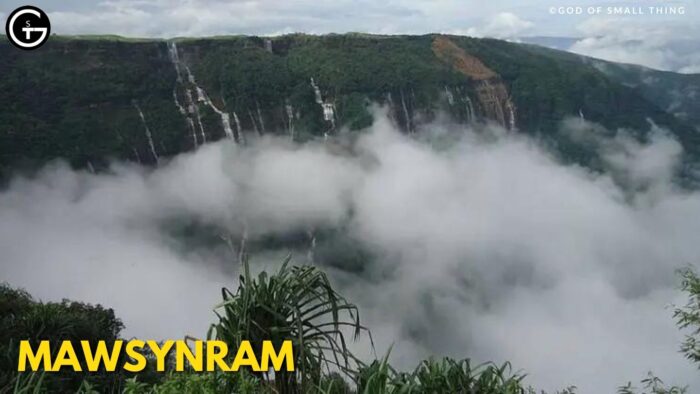
Mawsynram is a town located 69 kilometres from Shillong, the state capital of Meghalaya state in northeastern India, in the East Khasi Hills area. In India, Mawsynram experiences the most rainfall. It is said to be the wettest site on Earth, receiving 11,872 mm of rain on average per year. In the year 1985, Mawsynram recorded 26,000 millimetres (1,000 in) of rainfall, according to the Guinness Book of World Records. This Meghalayan village holds the Guinness World Record for the most average annual rainfall with 11,873 mm. Its closeness to the Bay of Bengal contributes to this rainfall. In this region, the winter months are used to get ready for the upcoming six-month monsoon.
13. World’s Tallest Statue – Statue of Unity
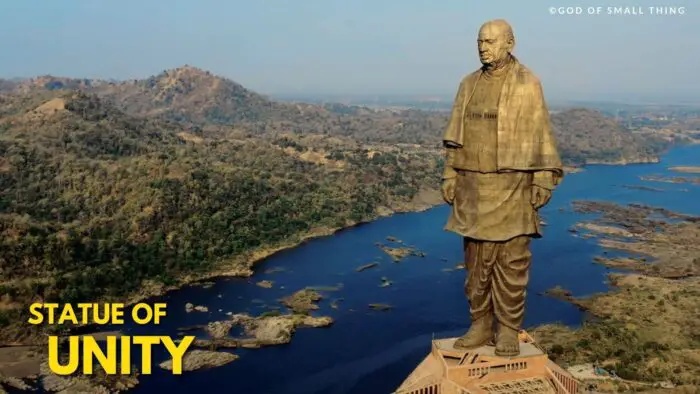
Standing at a height of 182 metres (597 feet), the Statue of Unity is the highest statue in the world. It is situated in the Indian state of Gujarat, close to Kevadia. It features Indian statesman and independence activist Vallabhbhai Patel (1875–1950), a supporter of Mahatma Gandhi and the country’s first deputy prime minister and home minister. Patel is well-known for having contributed significantly to India’s political unification.
Situated 100 kilometres (62 miles) southeast of Vadodara, on the Narmada River in the Kevadiya colony in Gujarat, lies the statue facing the Sardar Sarovar Dam. The world’s tallest statue is the Statue of Unity, located in the Indian state of Gujarat. It stands magnificently at a height of 182 metres (597 ft). a magnificent homage to the “Iron Man of India,” or visionary Indian statesman Shri. Sardar Vallabhbhai Patel.
14. World’s Biggest Cricket Stadium – Narendra Modi Stadium
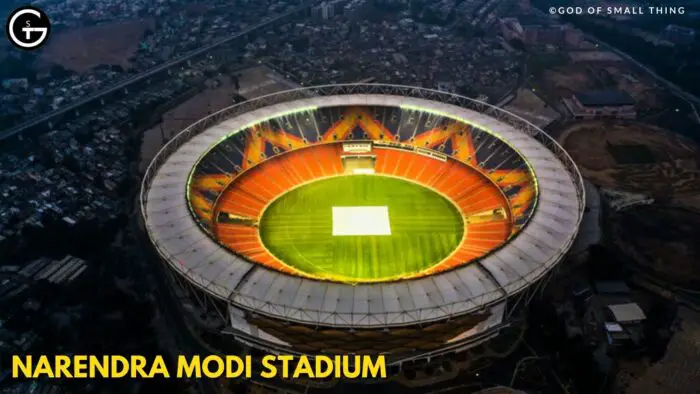
In Ahmedabad, Gujarat, India, there is an international cricket ground called the Narendra Modi Stadium, which is often referred to as Motera Stadium. With 132,000 spectator seats, it is the biggest stadium in the world. Cricket matches, both domestic and international, are played at the stadium, which is controlled by the Gujarat Cricket Association. It is among the best cricket stadiums in the world.
The largest cricket stadium in the world is the Narendra Modi Stadium in Ahmedabad, Gujarat, which can accommodate an incredible 1,32,000 spectators. It is also the only cricket stadium in the world with four player change rooms and eleven centre pitches.
15. India is the Birth Place of Popular Games like Chess, Snake and Ladder, and Snooker

One of the oldest games still being played today is chess, which dates back to the sixth century AD and was created in India.
Another well-known board game that is considered a global classic, Snake and Ladder, was originally known as Mokshapat or Moksha Patam in ancient India and was designed to teach morality and karma to young children. Later, after minor adjustments, the colonial authorities brought it to England.
The game of snooker originated in Jabalpur, Madhya Pradesh, India, in 1875, and it was developed at the Ootacamund Club in Ooty, Tamilnadu.
16. Other Facts in India
- India never invaded any country in her last 100000 years of history.
- When many cultures were only nomadic forest dwellers over 5000 years ago, Indians established Harappan culture in Sindhu Valley (Indus Valley Civilization)
- The name ‘India’ is derived from the River Indus, the valleys around which were the home of the early settlers. The Aryan worshippers referred to the river Indus as the Sindhu.
- The Persian invaders converted it into Hindu. The name ‘Hindustan‘ combines Sindhu and Hindu and thus refers to the land of the Hindus.
- Algebra, Trigonometry and Calculus also originated in India. Which is one of the Interesting facts about India Quadratic Equations were used by Sridharacharya in the 11th century. The largest numbers the Greeks and the Romans used were 106 whereas Hindus used numbers as big as 10*53 (i.e. 10 to the power of 53) with specific names as early as 5000 B.C. during the Vedic period. Even today, the largest used number is Terra: 10*12(10 to the power of 12).
17. Other Facts about India
- The ‘Place Value System’ and the ‘Decimal System’ were developed in India in 100 B.C.
- The world’s first granite temple is the Brihadeswara Temple at Tanjavur, Tamil Nadu. The shikhara of the temple is made from a single 80-tonne piece of granite. This magnificent temple was built in just five years, (between 1004 AD and 1009 AD) during the reign of Rajaraja Chola.
- The largest employer in India is the Indian Railways, employing over a million people.
- The world’s first university was established in Takshila in 700 BC. More than 10500 students from all over the world studied more than 60 subjects. The University of Nalanda built in the 4th century was one of the greatest achievements of ancient India in the field of education.
- Ayurveda is the earliest school of medicine known to mankind. The Father of Medicine, Charaka, consolidated Ayurveda 2500 years ago.
- India was one of the richest countries till the time of British rule in the early 17th century. Christopher Columbus, attracted by India’s wealth, had come looking for a sea route to India when he discovered America by mistake.
- India (Bharat) is official short names for the Republic of India.
These lesser-known facts about India paint a picture of a nation with remarkable achievements. As India celebrates its past, it’s crucial for its citizens to be aware of these contributions that elevate the nation’s standing on the global stage. Let these revelations be a source of pride, encouraging every Indian to raise the tricolor high.


